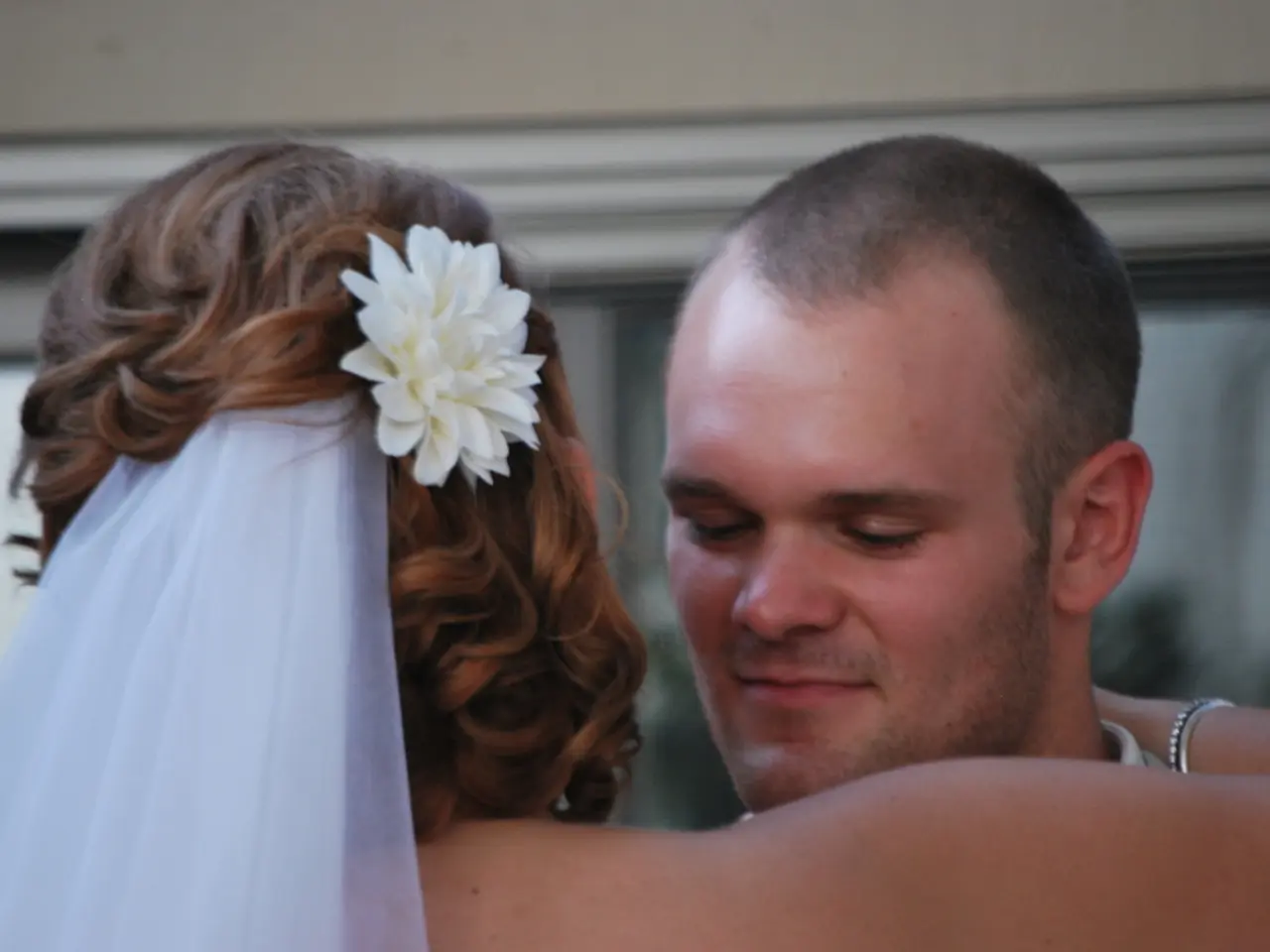Guidelines for Mending Dysfunctional Adult Bonds
In the complex world of human relationships, one attachment style stands out as particularly challenging: disorganized attachment. Characterized by inconsistent and unpredictable behaviour, individuals with this style often grapple with conflicting feelings about intimacy and distance, leading to emotionally charged interactions that can make conflict management difficult.
Disorganized attachment is a type of insecure attachment style that develops from early emotional trauma, neglect, or inconsistent caregiving. This attachment style is formed through a series of pathways, with two primary ones being inconsistent caregiving leading to emotional dysregulation, and trauma or abuse resulting directly in disorganized attachment patterns.
The development of disorganized attachment is largely influenced by early childhood experiences, particularly interactions with caregivers. Children who experience inconsistent, neglectful, or abusive caregiving are more likely to develop disorganized attachment. Traumatic or neglectful experiences can impair emotional regulation and attachment formation, leading to disorganized attachment patterns. Genetic predispositions, such as temperament, combined with environmental factors, also contribute to the development of disorganized attachment.
People with disorganized attachment style crave deep connection but fear it at the same time. Healing a disorganized attachment style requires addressing it on three levels: mind, body, and spirit. The mind level involves rewiring beliefs, reframing limiting stories, practicing self-compassion, and developing healthier narratives around love, trust, and self-worth. The body level involves regulating the nervous system through somatic and creative arts practices, building a richer emotional vocabulary, and learning to feel emotions without being overwhelmed. The spirit level involves connecting with inner wisdom and core values, rebuilding a sense of purpose, connection, and belonging beyond fear, and practicing rituals or spiritual frameworks that ground you in meaning.
Living with a disorganized attachment style often feels like an emotional tug-of-war. However, sensitive, emotionally complex individuals are not broken; they want to feel safe, seen, and deeply loved, and this desire is achievable through inner work with the right tools and support.
The Courageous Communicator is a transformational course designed to help break through ingrained patterns and learn how to set and uphold healthy emotional boundaries, recognize and rewire defensive communication habits, express needs with confidence and clarity, and build secure relational habits rooted in compassion and truth. This program walks you step by step through these challenges using a creative, experiential, trauma-informed approach to evolving your attachment style in healthy relationships.
Dating with a disorganized attachment style can feel like being on a rollercoaster, with patterns such as overgeneralizing small differences into big relationship-ending fears, black-and-white thinking about your partner, and power struggles as a form of emotional control. Healing a disorganized attachment style begins with understanding and then retraining the systems that have kept you stuck.
A disorganized attachment style affects relationships and dating life by causing push-pull dynamics, self-doubt, and unstable relationships. However, it's important to remember that people with disorganized attachment style often develop profound emotional intelligence and creativity, known as "Spice of Lifers". These individuals, with the right tools and support, can overcome their attachment style challenges and cultivate healthy, secure relationships.
References: [1] Cassidy, J., & Shaver, P. R. (1999). Handbook of attachment: Theory, research, and clinical applications. Guilford Press. [2] Main, M., & Solomon, J. (1990). Preoccupied and fearful-avoidant attachment representations in infancy, childhood, and adulthood. In A. Fonagy, C. Target, & J. Hughes (Eds.), Attachment across the life course (pp. 215-231). Routledge. [3] Mikulincer, M., & Shaver, P. R. (2007). Attachment in adulthood: Structure, dynamics, and change. Guilford Press. [4] Solomon, J., George, C., & De Jong, H. (1999). Attachment, personality, and the development of romantic love. In J. Cassidy & P. R. Shaver (Eds.), Handbook of attachment: Theory, research, and clinical applications (pp. 505-526). Guilford Press. [5] van IJzendoorn, M. H., Schuengel, C., & Bakermans-Kranenburg, M. J. (2001). Attachment patterns in infancy, childhood, and adulthood: A meta-analysis of 42 years of research. Development and Psychopathology, 13(4), 803-825.
- A disorganized attachment style, developed from emotional trauma, neglect, or inconsistent caregiving, affects an individual's ability to form safe and secure connections.
- This style, marked by inconsistent and unpredictable behavior, can lead to emotional turmoil in managing relationships and personal growth.
- Healing from disorganized attachment requires addressing it on three levels: mind, body, and spirit, involving rewiring beliefs, regulating the nervous system, and connecting with inner wisdom.
- The complex emotions associated with disorganized attachment can make one feel like they're trapped in an ongoing emotional struggle.
- People with disorganized attachment style often struggle with trust, intimacy, and healthy communication, but with the right tools and support, they can overcome these challenges.
- The Courageous Communicator course is designed to help individuals with disorganized attachment style set and maintain healthy emotional boundaries, recognize and rewire defensive communication habits, and build secure relational habits.
- Dating with a disorganized attachment style can be a rollercoaster, characterized by overgeneralization, black-and-white thinking, and power struggles, but understanding and retraining these patterns can lead to change.
- Healing from disorganized attachment can lead to profound emotional intelligence and creativity, often referred to as "Spice of Lifers."
- By cultivating self-awareness, emotional regulation, and healthy communication, individuals with disorganized attachment style can develop secure and fulfilling relationships.
- Researchers like Cassidy, Shaver, Main, Solomon, Mikulincer, Shaver, George, De Jong, and van IJzendoorn have contributed to the understanding of attachment styles, their impact on mental health, and their potential for healing.
- A focus on health-and-wellness, mental health, lifestyle, relationships, education-and-self-development, and art therapy can help individuals navigate the complexities of emotional healing and personal growth.




